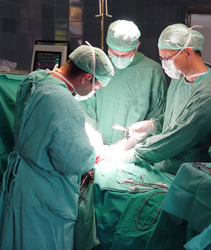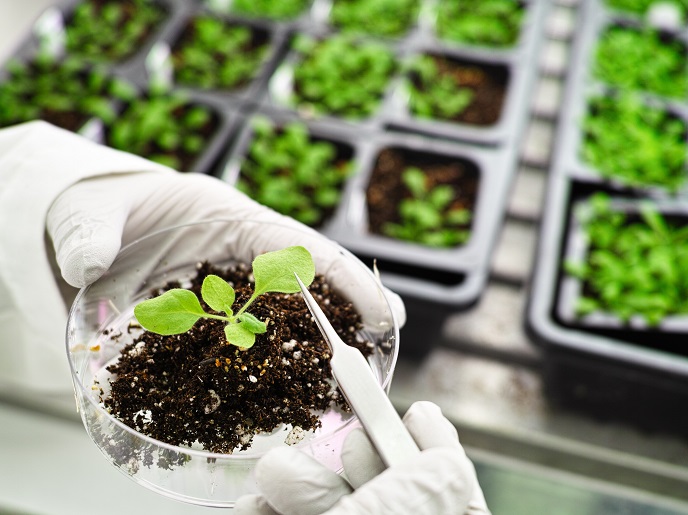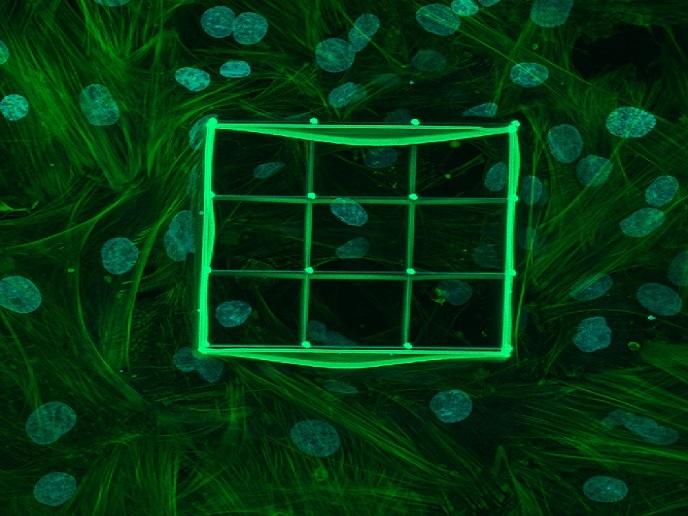Bioengineered skin substitutes
Autologous and allogeneic skin grafts, which involve transplanting skin from one area to another on the same or a genetically non-identical person are methods currently used to treat skin defects. In regard to skin defects caused by burns and chronic ulcers, alternative techniques are sought due to the limited availability of donor tissue and the risks of transmitting infection. The INTELLISCAF project has endeavoured to improve skin reconstructive surgery by means of skin substitutes that include dermal and epidermal components. In the quest for the creation of full-thickness skin equivalents, the use of bioresorbable synthetic polymers was investigated. Among polymers having the reputation of being degradable, polylactic acid (PLA) and polyethylene oxide (PEO) proved to have great potential as temporary therapeutic devices. Films made of PLA/PEO copolymers degraded rapidly in the human body and allowed for the foreign support material to be eliminated during regeneration of the skin tissue. The use of synthetic polymers also allowed adjustments of their mechanical properties to match clinician's and treatment requirements, in addition to limiting the risk of infectious disease transmission. Proliferation and adhesion of human skin cells on the newly developed polymeric films was evaluated by using MTT-based assays and a scanning electron microscope. Polyethylene oxide appeared to be suitable material to culture fibroblasts that synthesise the major structural component of the dermis, collagen. Moreover, the enhanced adhesion demonstrated by the fibroblasts showed promise for increased possibilities in handling cultured keratinocytes that form the epidermis. The Centre National de la Recherche Scientifique (CNRS) has protected the technology to synthesise films of PLA/PEO copolymers with a patent. Their hope for the future is to phase out current autologous and allogeneic skin grafts in favour of polymeric implants that guide cell attachment into skin tissue for regeneration.







